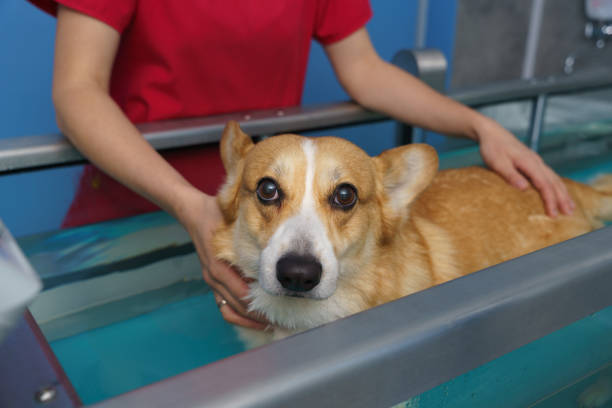Training Fundamentals to Improve Companion Behavior
Effective companion training focuses on clear communication, consistent routines, and positive reinforcement to shape reliable behavior. This article outlines foundational approaches for owners and caregivers to improve obedience, reduce stress-related reactions, and strengthen the human-animal bond across common pets.

Training Fundamentals to Improve Companion Behavior
Training a companion animal is about creating predictable interactions and mutual understanding. Clear signals, consistent routines, and gentle reinforcement reduce confusion and stress for both animal and owner. A thoughtful training approach also touches on care, nutrition, grooming, health, and socialization, because behavior reflects overall wellbeing.
How does training affect behavior?
Training provides structure: it teaches what is expected during daily routines and novel situations. Using short, consistent sessions helps animals learn faster than long, sporadic lessons. Positive reinforcement — rewarding desired actions with treats, praise, or play — encourages repetition of good behavior. Avoiding confusing or punishing methods reduces fear-based responses and supports lasting changes. Training also improves safety by teaching reliable recall and basic commands that prevent hazardous situations during travel or outdoor activity.
What role does socialization play?
Socialization exposes animals to a range of people, animals, sounds, and environments in a controlled way so they learn to respond calmly. Early, gentle exposure reduces fear and decreases reactive behaviors later in life. For adopted or rescued companions, gradual introductions to new household members and predictable routines help rebuild trust. Socialization complements training by improving confidence and making obedience cues more reliable in distracting settings, which benefits wellbeing and long-term behavior management.
How should nutrition support training?
Nutrition influences energy, focus, and mood, all of which affect learning. Balanced diets appropriate to an animal’s life stage and breed help sustain attention during training sessions and support recovery after exercise. Using small, nutritionally appropriate treats during training keeps motivation high without overfeeding. For pets with dietary sensitivities, consult a veterinarian to choose rewards that won’t cause digestive upset. Proper hydration and scheduled feeding times also contribute to predictable behavior during training and daily care routines.
When is grooming linked to wellbeing?
Grooming is more than appearance: it’s a bonding and habituation opportunity. Regular grooming sessions help animals accept handling, reduce stress during veterinary visits, and make health issues easier to spot. Teaching a pet to tolerate brushing, nail trims, and gentle ear checks through gradual desensitization makes these necessary tasks part of their routine. Grooming practices should be paired with positive reinforcement so animals associate care activities with pleasant outcomes, which supports cooperative behavior.
How to include exercise and enrichment?
Regular exercise and mental enrichment reduce boredom-driven behaviors like excessive chewing or vocalization. Exercise should match breed and individual needs: high-energy breeds benefit from vigorous activity, while others require gentler routines. Enrichment can include puzzle feeders, scent games, or structured play that challenges cognitive skills. Training sessions that finish with a fun enrichment task reinforce learning and provide an immediate, meaningful reward. Consistent exercise and enrichment are central to overall health and make training more effective by keeping animals engaged and balanced.
How to involve veterinary care and safety?
Routine veterinary care supports behavioral health by identifying medical causes of behavior changes, such as pain or hormonal shifts. Integrating veterinary visits into socialization and training — for example, practicing brief handling exercises that simulate an exam — helps animals remain calm during real appointments. Safety training, like desensitizing to carriers, seat restraints, or travel crates, lowers injury risk during transportation and emergencies. Always coordinate health-related behavior plans with a veterinarian when concerns arise.
Companion behavior improves when training is part of a holistic plan that includes nutrition, grooming, enrichment, socialization, and veterinary oversight. Focus on consistent, brief training sessions, reward desirable responses, and adapt techniques to your animal’s temperament and life stage. Over time, these fundamentals enhance communication, reduce stress-related reactions, and strengthen the caregiver-companion relationship.





